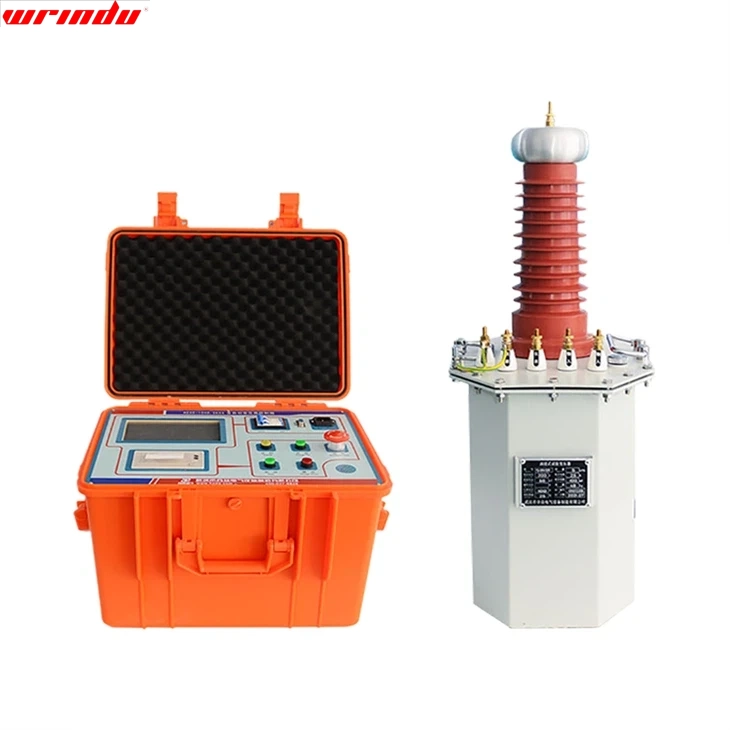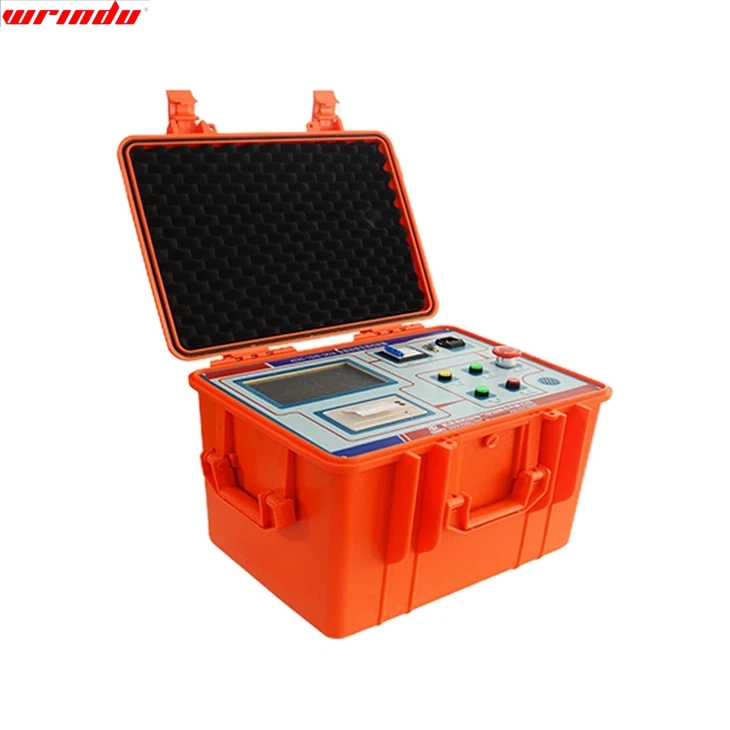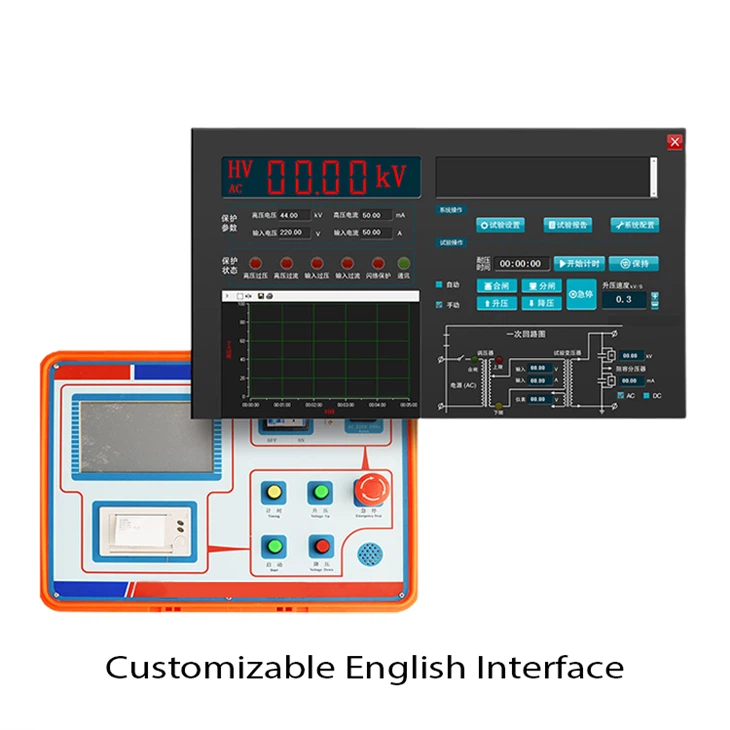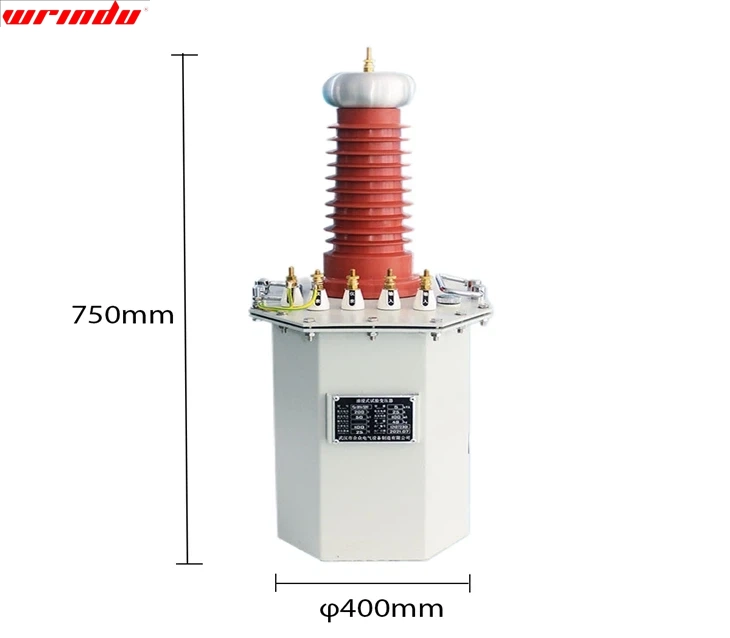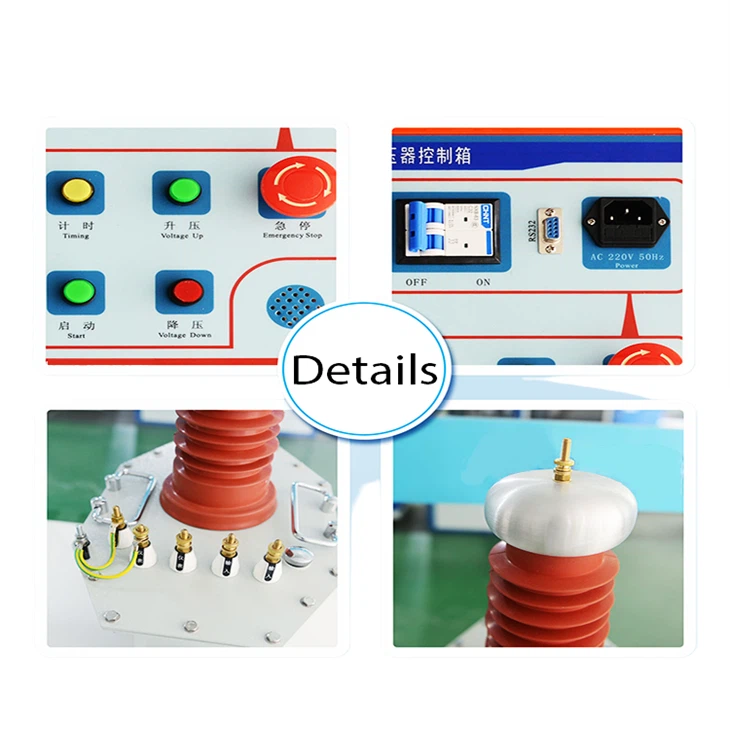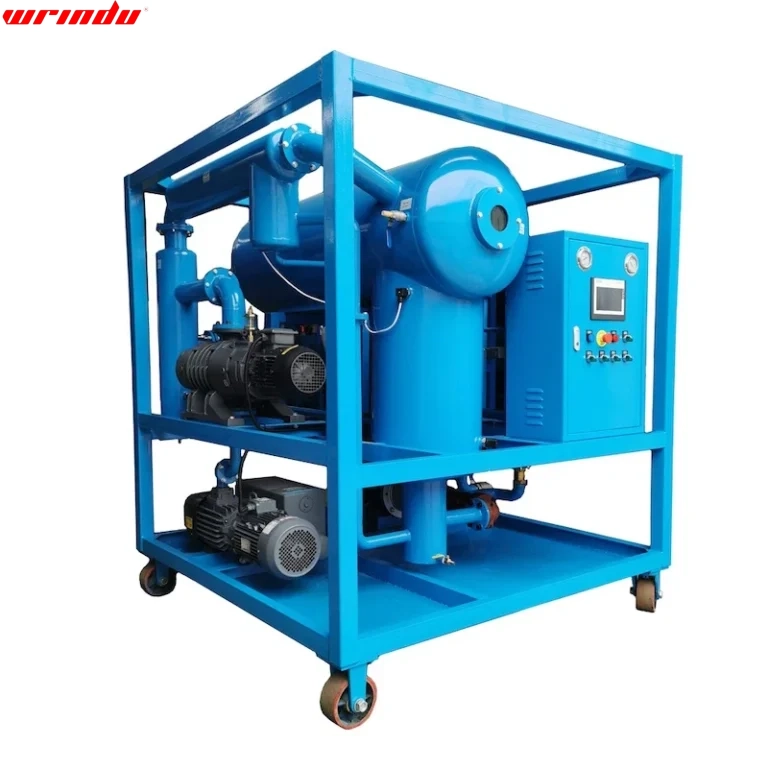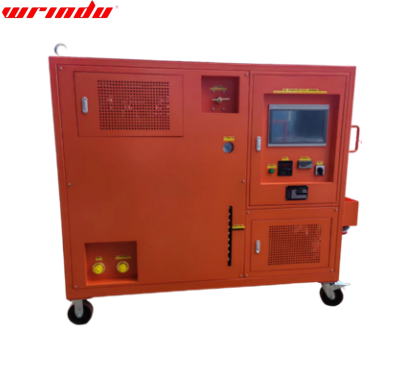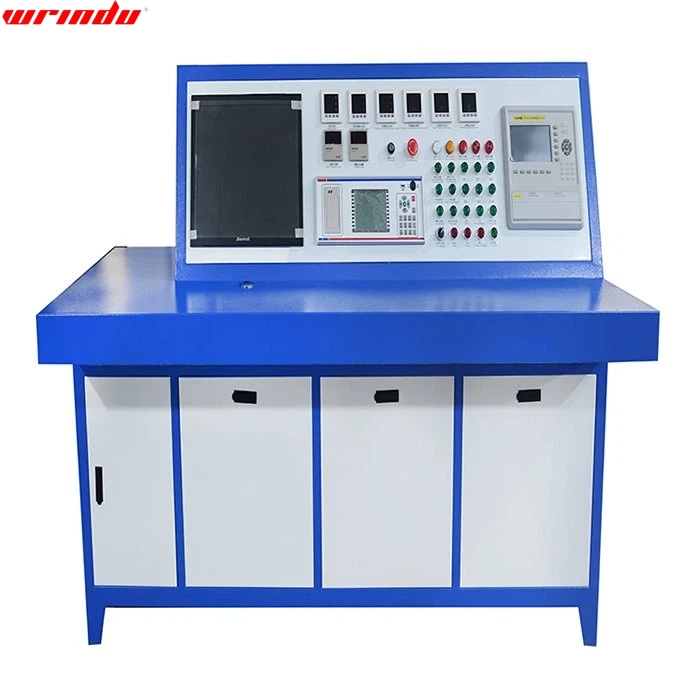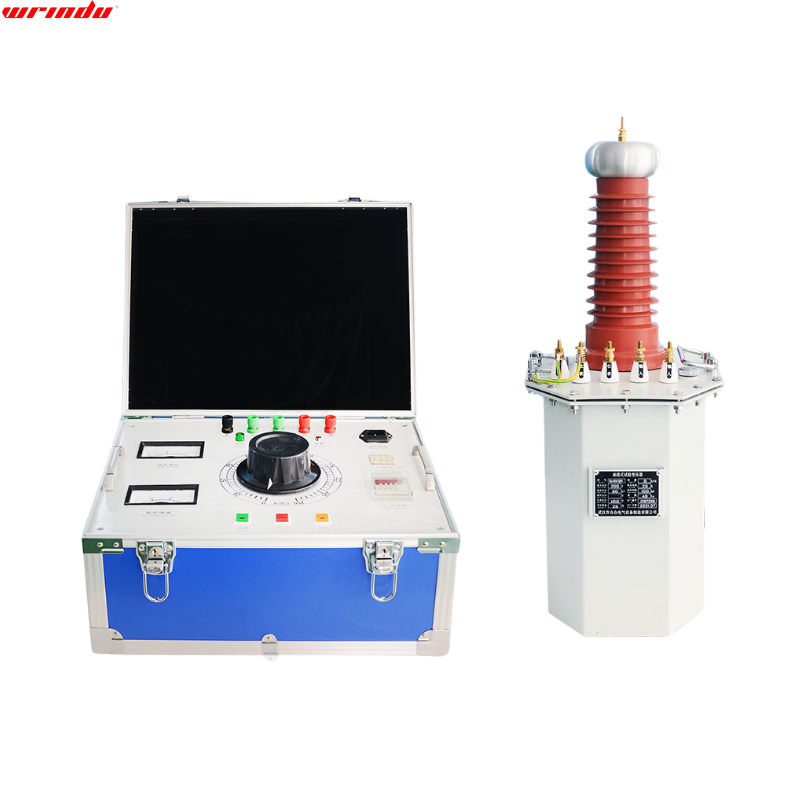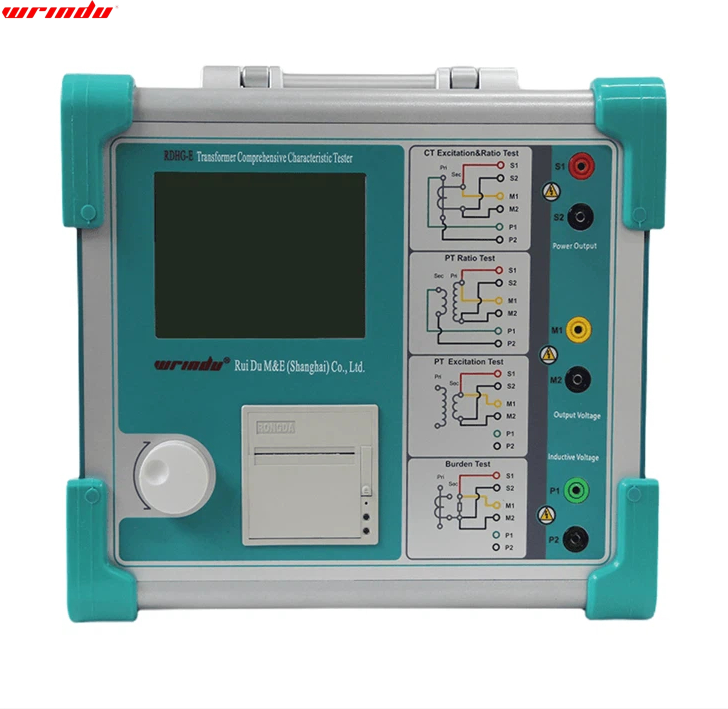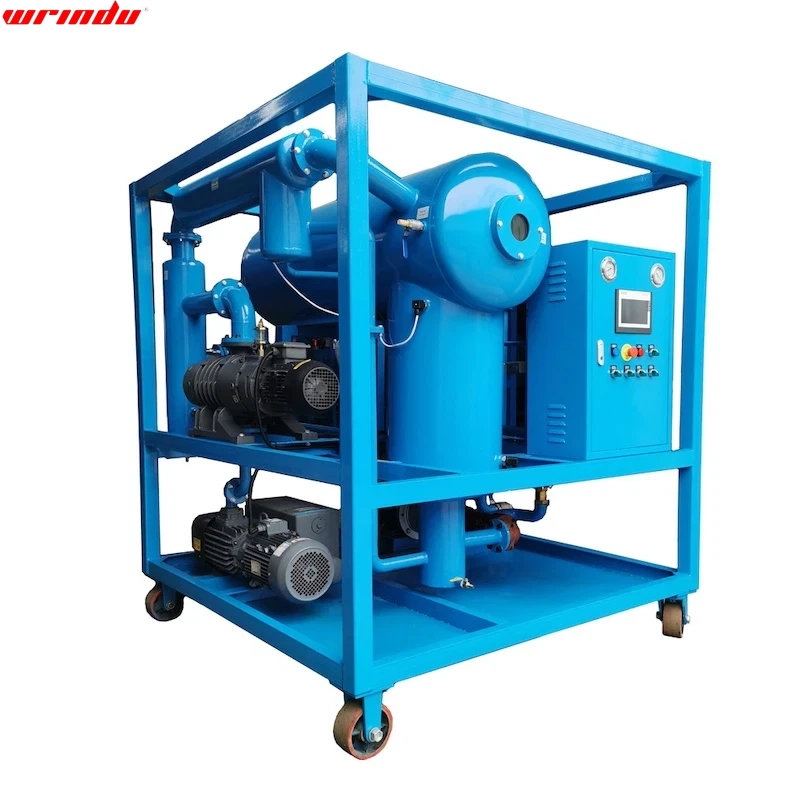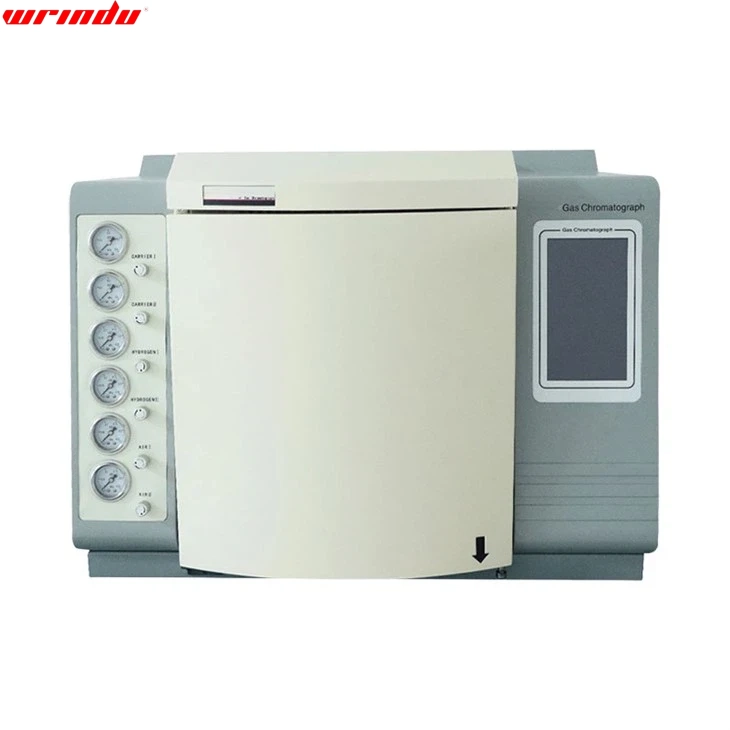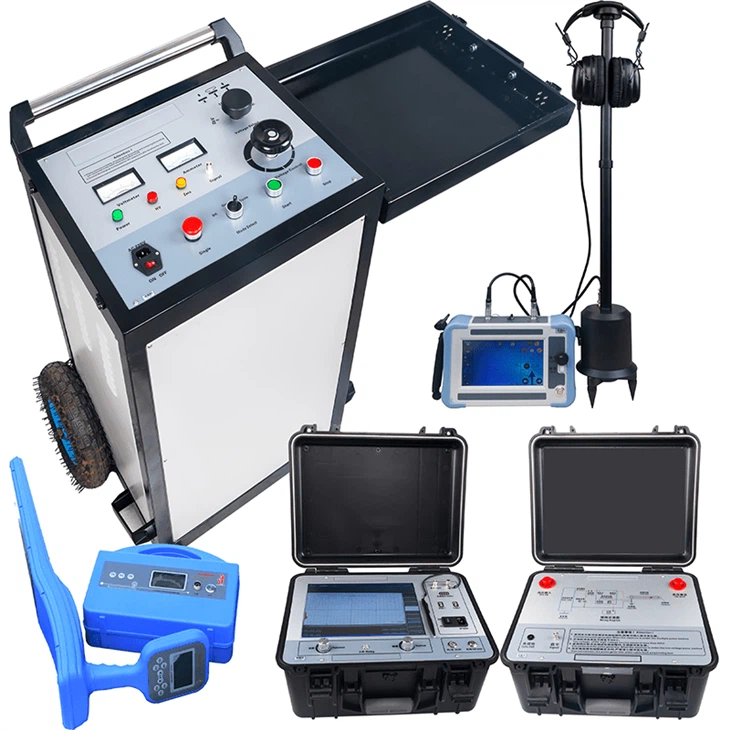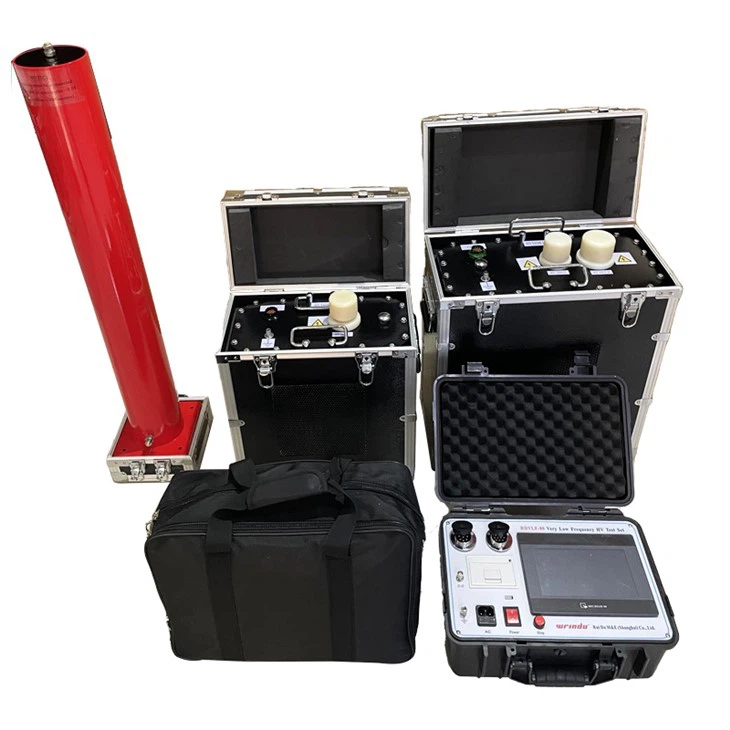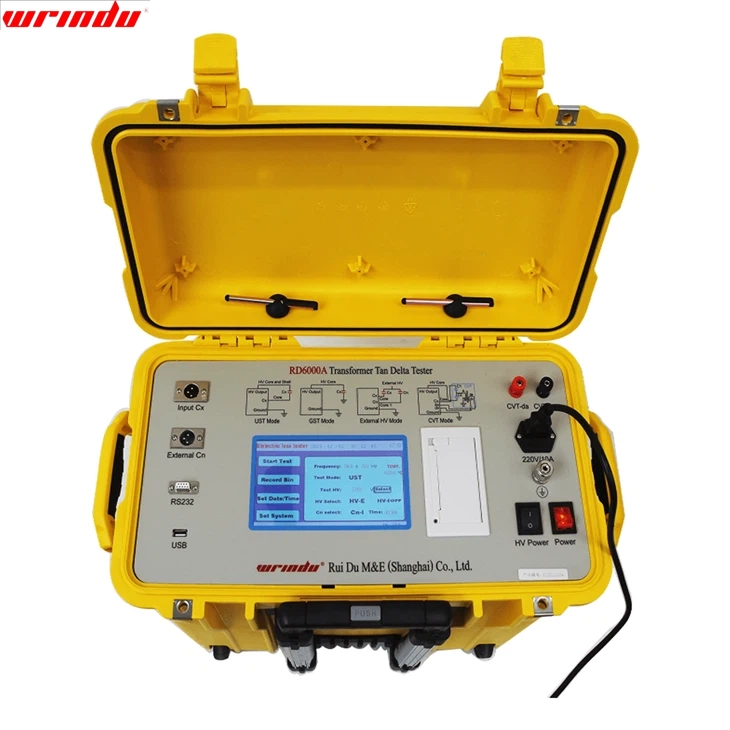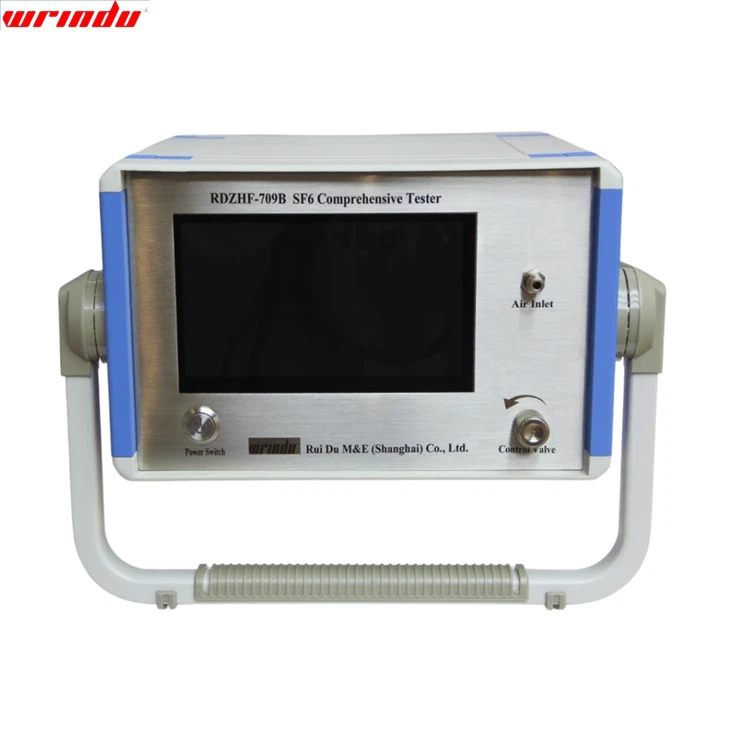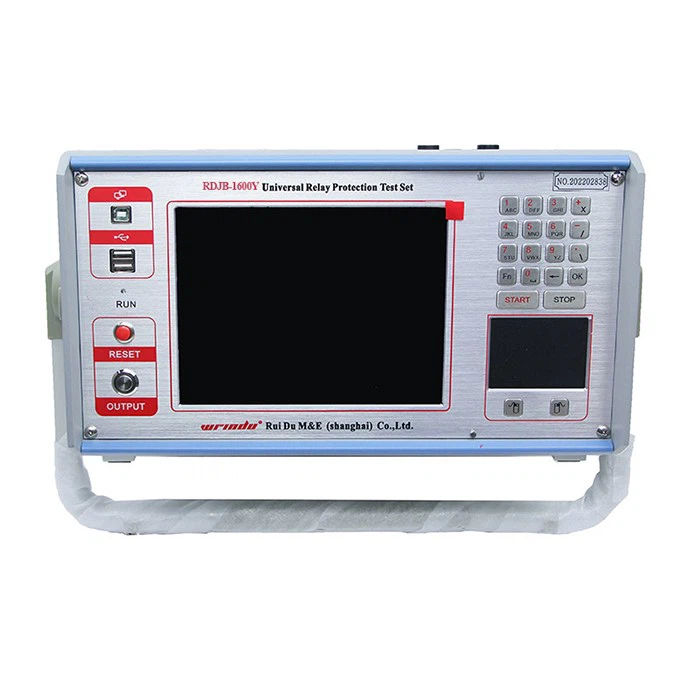OVERVIEW
The Wrindu YDJ series ac hipot oil immersed testing transformer is an advanced product, refined to meet “Test Transformers” standards. With its compact structure, lightweight design, versatility, and user-friendly features, it is ideal for conducting insulation strength tests on high-voltage electrical equipment, components, and insulation materials under high-frequency or direct current voltage. This ac hipot oil immersed testing transformer plays a crucial role in high-voltage testing across power systems, industrial and mining enterprises, and research institutions.
CHARACTERISTIC
- Compact and Durable Design
-The oil-immersed transformer is characterized by its robust and cost-effective design, providing both sturdiness and efficiency.
- Portability and User-Friendly Operation
-Featuring a lightweight build, this transformer ensures ease of transportation and user-friendly operation with straightforward wiring.
- Reliable Insulation with Elegant Exterior
-The transformer guarantees a high level of insulation reliability, complemented by an elegant exterior that underscores its durability and functionality.
FAQ
Q: What is the hipot test of the current transformer?
A: The hipot test for a current transformer involves a Dielectric Withstand Voltage (DWV) test. It verifies insulation capability to endure a specified voltage without breakdown. The aim is to ensure the insulation can handle higher voltages than the expected working voltage with a safety margin.
Q: What is the standard value of the hipot test?
A: The standardized value for the hipot test is commonly set at 1000V plus twice the normal operating voltage. It is recommended to use the same voltage type (AC or DC) as in regular operation.
Q: Is a hipot test the same as a dielectric test?
A: Yes, a HiPot test is also referred to as a dielectric withstand test. This electrical testing method, commonly applied to cable and wire harnesses, aims to identify insulation breakdowns, shorts, and open circuits in the tested components.
Q: What are the safety precautions for hipot test?
A: Before initiating a test, carefully inspect all Device Under Test (DUT) connections. Ensure there are no nearby objects, maintain a tidy workspace, and prevent the crossing of test leads. When possible, suspend the test leads to minimize any capacitive coupling.
APPLICATION






